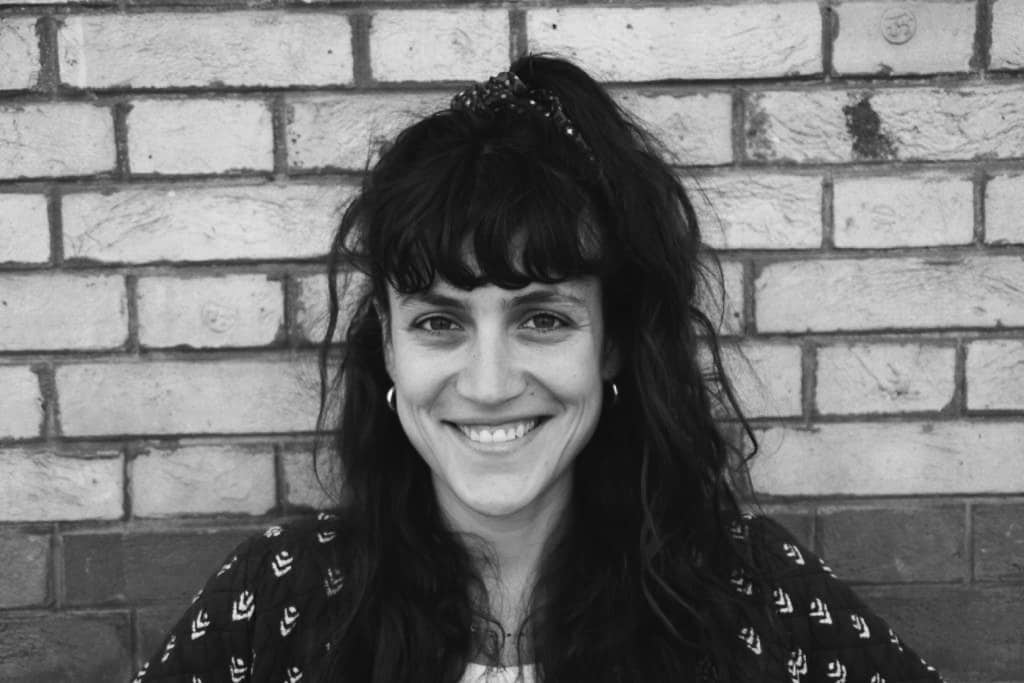Can a few dozen square meters adequately honor the myriad lives of Chantal Akerman, whose pioneering work straddles the realms of art, cinema, and literature, impacting generations of aficionados? This season, Jeu de Paume rises to the challenge. The...



